
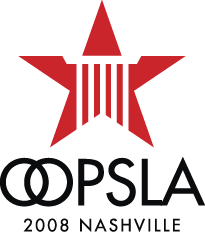
Photographing a technical conference well is not a matter of point and shoot, nor is it about taking pictures to share with friends and family. The time is ripe for more serious photojournalism to capture our community’s leaders, its activities, and its human face, and for the use of artistry to tell stories and get people thinking.
In this workshop you will learn basic technical and aesthetic techniques for good photography and good conference photography in particular, and you will practice these techniques during OOPSLA. Work will be critiqued using an artists’ workshop process to enable you to continue learning and improving after the workshop. Participants will attend a full-day of lectures and interactive learning activities as well as photograph Monday, Tuesday, and Wednesday with short, early morning artists’ workshops on Tuesday, Wednesday, and Thursday.
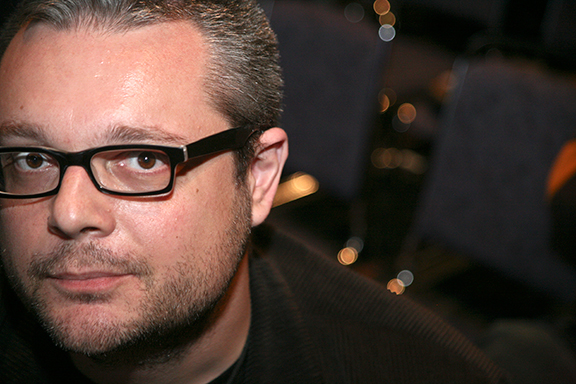
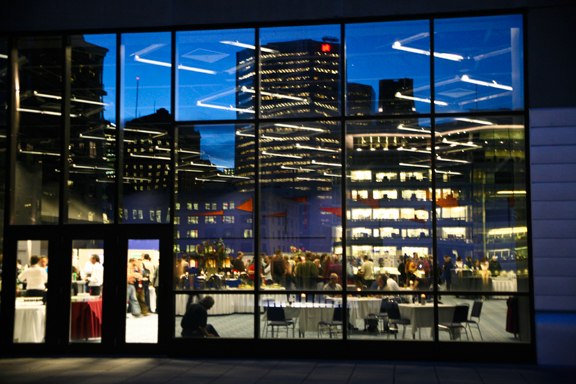
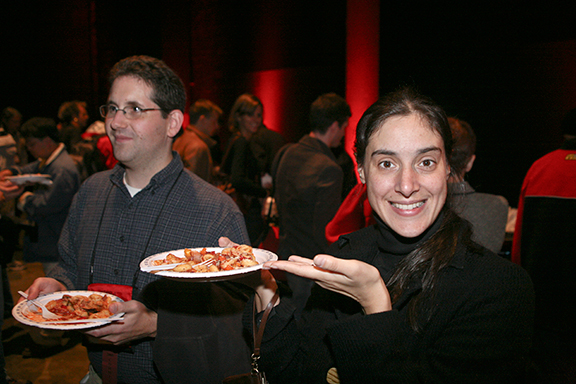
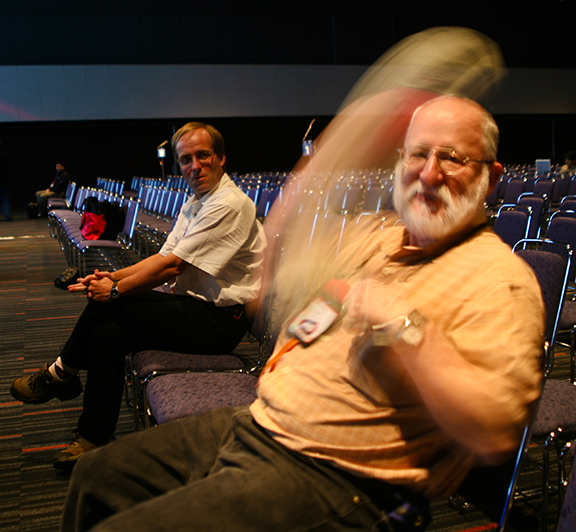
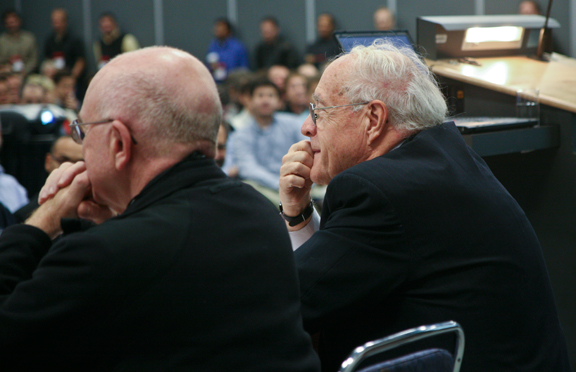
The desire to take pictures at conferences has grown with the advent of inexpensive digital cameras and numerous outlets for photos—Flickr, Dropshots, Photobucket, Webshots, Ringo, and Fotki, just to name a couple. However, there remains a need for photography of higher technical and aesthetic quality at conferences. Plainly stated: Our pioneers are aging and for history’s sake, we should create a record of these pioneers in their natural habitat.
In 2007, when Guy Steele and Richard Gabriel were preparing their keynote for the 3rd History of Programming Languages Conference, they were faced with the task of locating photos of 23 programming language researchers whose work they discussed and who had passed away. They found it next to impossible to find photographs of the individuals at work—at conferences, in the classroom, and in their labs. Further, it was not possible to find high-quality photos.
Further, today’s technical and scientific conferences are more lively, more colorful, and more fully represent the work of real communities than perhaps they have in the past, and capturing them, though not as important as capturing the technical content in archives, is nevertheless important. Great historical events are covered by photojournalists, and why shouldn’t technical and scientific conferences be part of that?
Advertising of conferences and, more important, the field as a whole, requires photos. Candid shots showing the social strengths of a conference, the range of people and events, and the ways technical content is presented are needed for such purposes.
Every year, after the doors open at OOPSLA and until the actual start of the conference, a slideshow of past OOPSLAs is shown, and for many, this establishes the mood and context for the conference about to be experienced.
However, taking good photographs of a conference is not a matter of merely bringing a digital camera and snapping away. There are both technical and aesthetic aspects, and one can be good or not so good at those things. Technical aspects include the following:
Aesthetic aspects include the following:
As important as learning about these topics is, more important is learning techniques for continual improvement.
Note: The workshop is a full day on Sunday, October 19, 2008 + short (about an hour) photographers' workshops on Tuesday, Wednesday, and Thursday mornings before OOPSLA starts - that is, early.
The workshop is broken into 3 parts: lectures and group learning; taking photos; and engaging in a writers’ workshop style critique of the work produced.
The lectures and group learning take place on the first day of the workshop on Sunday. During this time we will go over using your camera; using Photoshop to improve your raw images; composition, exposure, lighting, depth of field, etc; and techniques for how to capture people being themselves. There will be several lab sessions where students will be given exercises to do.
Monday, Tuesday, and Wednesday are for taking pictures—lots of them. Participants and the workshop leaders will be expected to prowl the conference taking photos. Participants can work together, alone, or with the workshop leaders. Impromptu lessons might come into play. (Note that on Monday there will be a special celebration of the 50th anniversary of Lisp, and there should be several historically important people in attendance, underscoring the value of photographing well conferences.)
Participants will be granted press-level access to the entire conference.
Tuesday, Wednesday, and Thursday mornings—early, before the conference starts—are for group critique of a couple of the best photos produced by each student the previous day. The artists’ workshop style of critique will be used, as is commonly used in software patterns conferences.
Workshop participants will be given press-level access to events at OOPSLA.
An upload site (perhaps Flickr) will be available for participants to display work. We might request a flat screen in the Courtyard area for display of work in progress.
If feasible, an additional end product of the workshop will be a collection of physical prints.
Further processing of the photos on the upload site is the main activity. Depending on interst, there may be further online workshopping of the results, especially the photos taken on Thursday. The results of the workshop will be made publicly available.
Richard P. Gabriel holds a Master of Fine Arts in Creative writing. He has been the semi-official photographer for OOPSLA for the last 2 years. He learned the basics of photography as a child and was his year’s yearbook photographer in high school, specializing in surprising candid shots. Throughout high school and college he filmed high school football teams for coaching staff (movie film), along the way learning how to change film in a cherry picker during a sleet storm alone in between plays without missing any downs. Between then and now he has been an avid but sporadic photographer, the last few years gaining experience and skill with digital photography and Photoshop. He introduced the writers’ workshop to the software patterns community, has written a book on using writers’ workshops in a variety of writing and non-writing situations, and has developed his own workshop leading style which he has taught to others for 5 years. He uses Canon equipment: 5D, A2E, and G9.
Kevin Sullivan is Associate Professor of Computer Science at the University of Virginia. His photography has appeared in such artistic publications as Software Engineering Notes. He has photographed conferences and surroundings including AOSD, OOPSLA, ESEC, and ICSE. He has been learning and practicing (digital) photography for several years. He generally aims to produce physical prints, often black and white, in 16" x 20" and similar larger formats. His photographs are usually of people or of special spaces. He uses Canon DSLR camera bodies and lenses as well as old Olympus manual-focus lenses, and he prints on larger-format Epson printers.
Admission is by invitation only. The main qualification is to be interested in taking quality, creative photographs of your colleagues along with a willingness to learn and explore. Please email to the organizers (extravagaria <at sign> dreamsongs <period> com, but no spaces) the following:
We will accept people into the workshop as applications come in, up to the day of the workshop if there is room. We can admit at most 20. Here are some important dates: